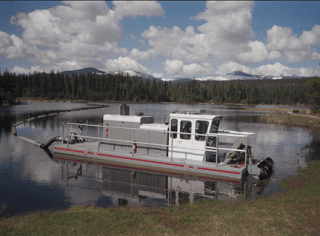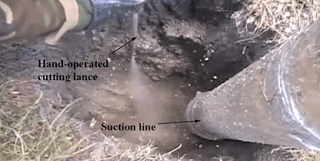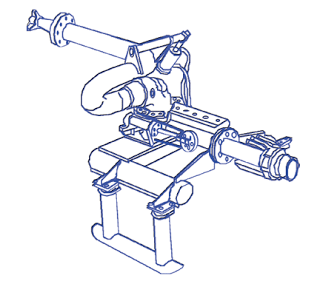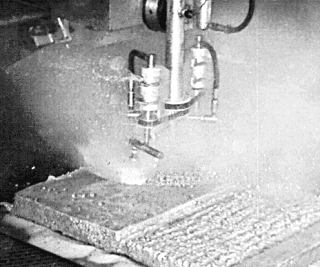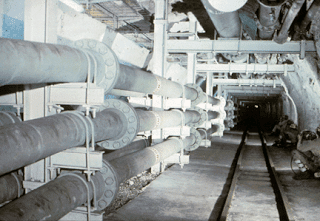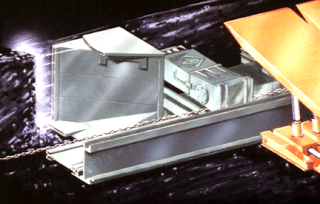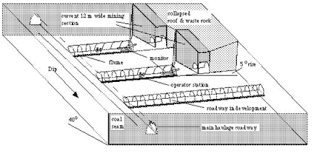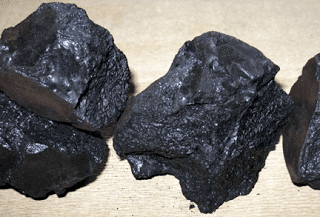During the historical development of waterjets there was not a lot of change from the time of the Ancient Greeks, who found water flow being used to uncover and move minerals such as gold, and the Northern British miners of the 1800’s who were still using this tool in a form known as “hushing” as […]
Tag Archives: Waterjetting
The use of a shroud to capture the water and debris from waterjet use, feeding it to an exhaust hose, that will then carry it away from the site, has become more universally applied over the last ten years. There are, however, different ways in which this new combination (which has been given different names […]
You don’t have to operate a water jet lance for any time before realizing that the rebounding water, and the debris from the operation can’t be ignored. On the other hand, after they fall to the floor they rapidly lose their energy and without some additional input will lie in the most inconvenient places until […]
Lowering the pressure in a hose connected to a cutting head, by connecting it to a vacuum pump, will pull a certain amount of the water and debris released from a cutting/cleaning event into that hose. However to ensure that all of this material is captured, rather than just a fraction, requires a little more […]
It was not until we started to move the auger that I described last time, that I realized how heavy and cumbersome it remained. It is true that we could lighten it considerably (and we did in the UK version), but it was still largely a platform mounted device that was relatively easy to move […]
Over the last few posts I have discussed some of the problems that arise in dealing with the use of waterjets in mining coal, when the material mined has to be collected and transported away from the face where the coal is extracted. I thought I would follow on that thread in a few more […]
Collecting the material that a high-pressure waterjet has dislodged from a surface can be carried out in a number of ways, depending on the scale and volumes of material that have to be removed. One of the initial problems that arise depends on the energy of the jets that are striking the target, and the […]
Picking up the debris from a waterjetting operation can be a more expensive part of the process than actually removing the material in the first place. This is particularly true where the material no longer has any inherent value, but is sufficiently toxic that it has to be collected and then properly disposed of. On […]

